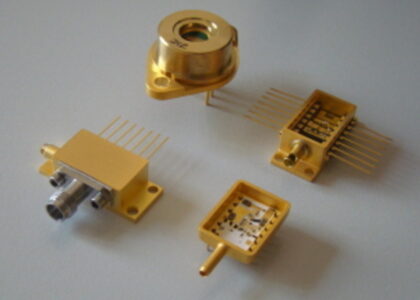The agricultural sprayers market is a vital cog in the global food production machinery. These sprayers apply essential substances like fertilizers, herbicides, pesticides, and insecticides to crops, protecting them from pests and diseases while promoting growth. Let’s explore the current landscape of this market, delve into the opportunities for growth, and examine the trends shaping its future.
Current Scenario: A Market Taking Root
The agricultural sprayer market caters to various farm sizes and applications:
- Large-Scale Farms: High-capacity self-propelled sprayers or tractor-mounted sprayers are used to cover vast fields efficiently.
- Small and Medium Farms: Compact tractor-mounted sprayers, trailed sprayers, or even hand-held sprayers might be used depending on farm size and crop type.
- Specialty Crops: Specialized sprayers are available for orchards, vineyards, or row crops, requiring targeted application.
Get Exclusive Sample Copy of the Report: https://www.futuremarketinsights.com/reports/sample/rep-gb-1366
The market offers sprayers with different application methods:
- Boom Sprayers: These sprayers feature horizontal booms with nozzles that distribute liquids over a wide area.
- Airblast Sprayers: For orchard and tree crops, airblast sprayers use a powerful air current to propel the spray mist, ensuring better canopy penetration.
- Knapsack and Mistblowers: These are handheld or backpack-mounted sprayers used for spot treatment or on small farms.
Market Opportunities: A Field Ripe for Innovation
Several factors are creating fertile ground for growth in the agricultural sprayer market:
- Rising Demand for Food: A growing global population necessitates increased food production, driving the demand for efficient spraying equipment.
- Focus on Precision Agriculture: Precision agriculture techniques, like variable-rate application, are gaining traction. Sprayers with adjustable application rates can optimize input use and reduce environmental impact.
- Growing Adoption of Organic Farming: Organic farming practices often rely on natural or biological pesticides, requiring specialized sprayers for effective application.
- Labor Shortage in Agriculture: The agricultural sector faces a labor shortage, and self-propelled or autonomous sprayers can address this challenge by reducing manual operation requirements.
- Government Initiatives: Government subsidies or programs promoting farm modernization can incentivize the adoption of advanced sprayer technologies.
Read more info: https://www.futuremarketinsights.com/reports/crop-sprayers-market
Future Scope: A Market Blooming with Innovation
The agricultural sprayer market is expected to witness advancements in several areas:
- Precision Spray Technology: Advancements in nozzle design, automated targeting systems, and integration with drones for targeted spraying can improve accuracy and efficiency.
- Smart Sprayers and Automation: Integration with sensors, GPS, and automated control systems can enable data-driven spraying decisions and potentially autonomous operation.
- Focus on Environmental Sustainability: Developments in bio-based or biodegradable materials for sprayer components and the use of low-drift nozzles can minimize environmental impact.
- Digitalization and Connectivity: IoT-enabled sprayers can provide real-time data on application rates, weather conditions, and equipment performance, facilitating informed decision-making.
- Focus on User Safety: Development of closed-cab systems and improved operator safety features will be crucial for protecting farmers from exposure to chemicals.

